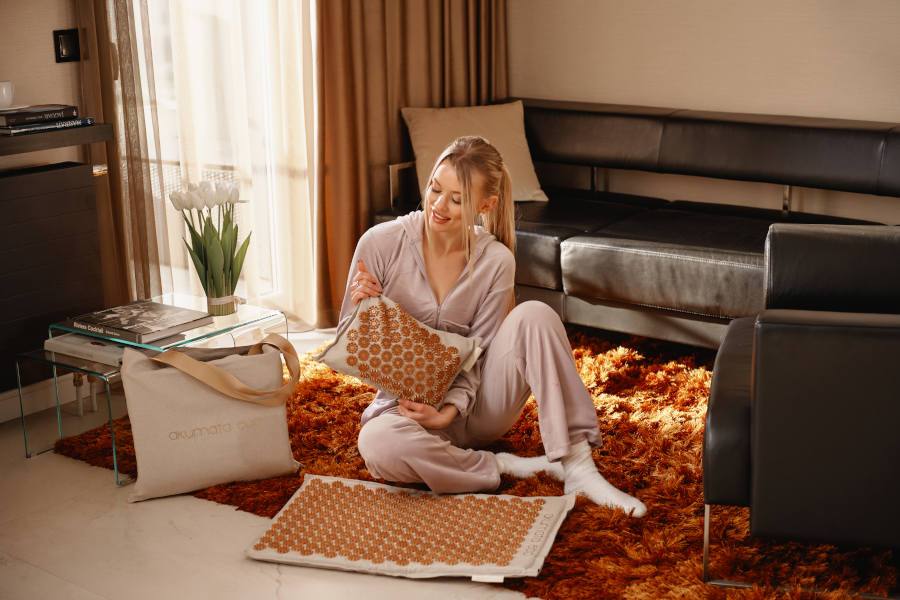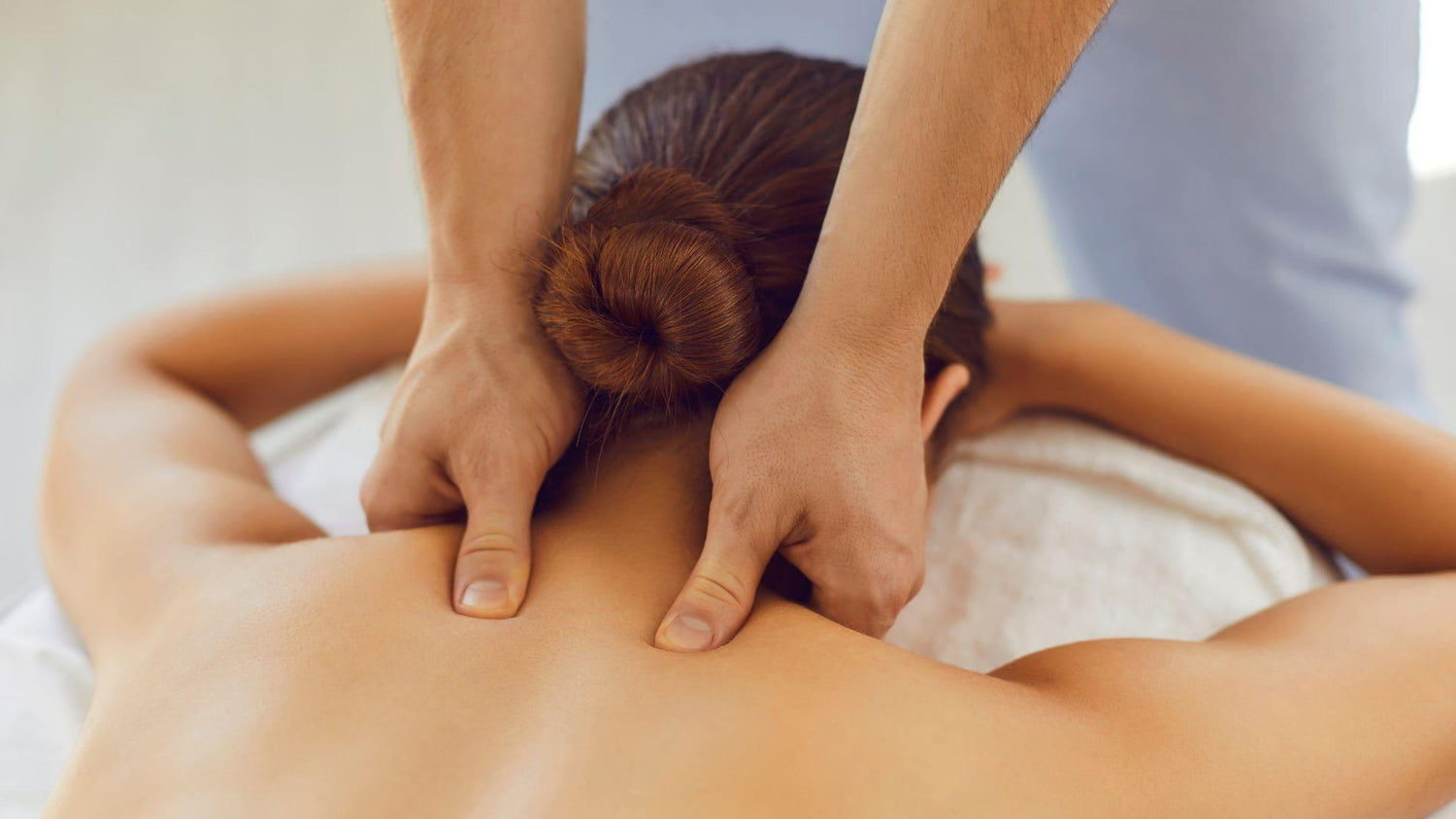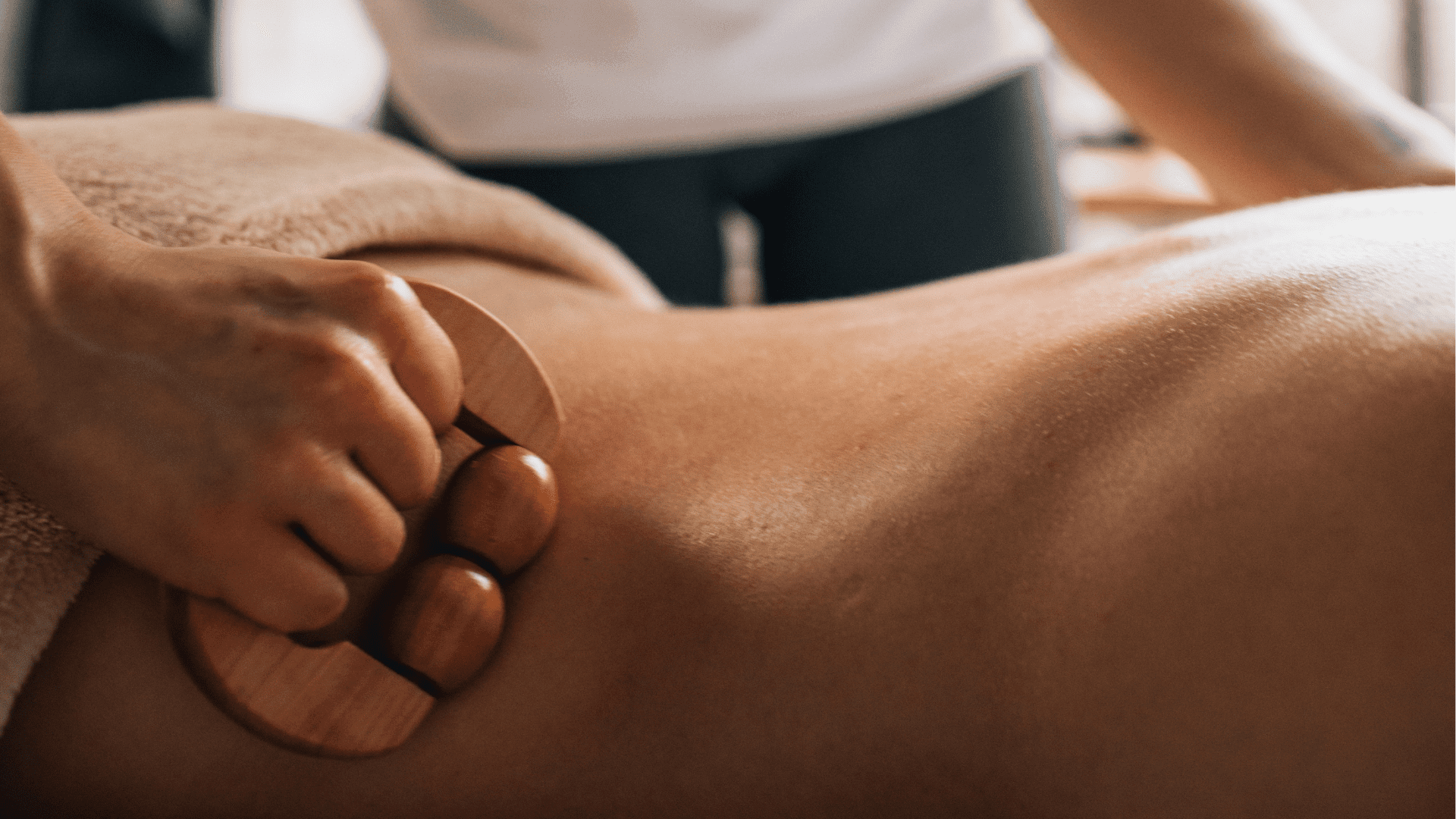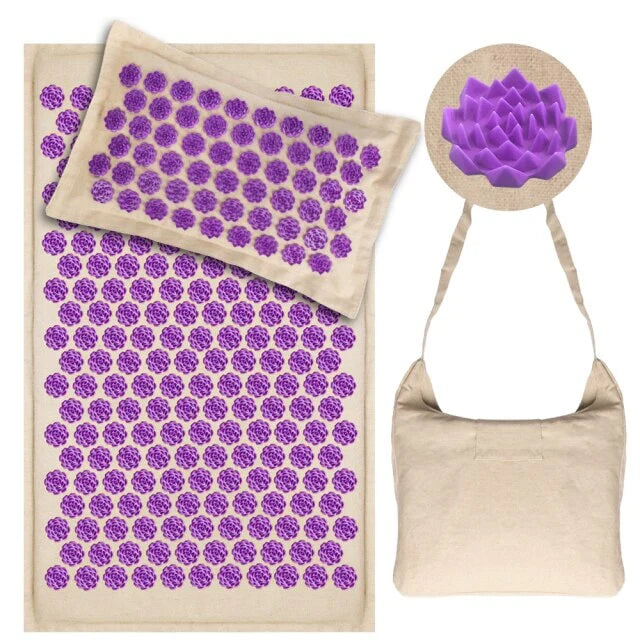Shiatsu's predecessor, Amma, is a traditional Japanese massage with Chinese roots. While sitting Amma massage is conducted on a chair without treating the legs, full-body Amma massage is performed on the entire body while lying down.
In Japanese, "Amma" (also written Anma) means "massage," which is literally "to calm with the hands." It comes from the Chinese word "to calm by touch," which is made up of the letters "An" and "Mo" and describes the massage method used for thousands of years in China. The same method is consequently referred to as "Amma massage," "Amma therapy," and "Amma technique" (or Anma).

The 8th century saw the introduction of this massage method to Japan after its initial introduction in Korea.
The profession was governed by the Japanese government in the 18th century. After that, it was instructed at specialized schools with a state license. Sitting massage was once performed at the start and finish of a typical full-body massage session, as depicted in ancient Japanese art.
Amma started being nearly solely a job for the blind in the last century.
General McArthur temporarily outlawed the practice of Amma after the Second World War as part of his efforts to destroy Japanese culture. Amma massage later made a comeback and is now the most widely used type of massage in Japan.

Tina Sohn, an Amma massage expert of Korean descent, is credited with bringing the practice to the West. She co-founded the Holistic Health Center in 1976 with a small group of people; in 2002, it changed its name to New York College of Health Professions. Offering an advanced degree in Amma massage is one of the most significant training and research facilities in holistic medicine.
With David Palmer, seated Amma massage became popular in the US in the early 1980s. He was given the responsibility of leading the Amma Institute of Traditional Japanese Massage, the first American institution solely dedicated to Amma, by his master Takashi Nakamura in 1982. He explored and created a chair massage technique at this now-defunct institution. He desired a simple method for massaging his clients wherever (including offices, airports, shopping malls, cafes, etc.).

Palmer was the first to create a kata (a precise and defined series of movements) in 1983 that is forceful and effective for relaxing the back, shoulders, arms, hands, head, and neck in 15 minutes. Sitting in an ergonomic chair, the recipient receives seated amma through clothing. Additionally, Palmer created the ergonomic massage chair. After that, he started his own school.
Seated Amma, which is practiced in fifteen-minute sessions, uses a variety of hand and elbow techniques, including energy sweeps, stretching, pressure, and percussion, to target 148 precise points along the meridians, muscles, and joints. The many percussion instruments give the massage a vibratory and audible dimension. The receiver can more clearly "feel" their breathing after receiving chest compressions. The muscles surrounding the spine are likewise stimulated and helped to relax by them.

One of the objectives of Amma massage is to distribute vital energy (qi, ki, ch'i) and eliminate energy blockages. In TCM, this helps to prevent diseases and dysfunctions and to maintain a good state of health.
Also, the maneuvers stimulate the hypothalamus, which secretes the hormones of well-being and pleasure, such as oxytocin. In addition to being re-energizing, Amma massage allows you to reach a deep state of relaxation and inner well-being.








